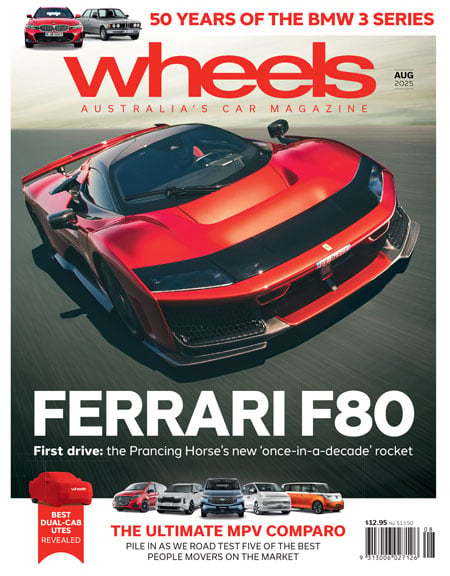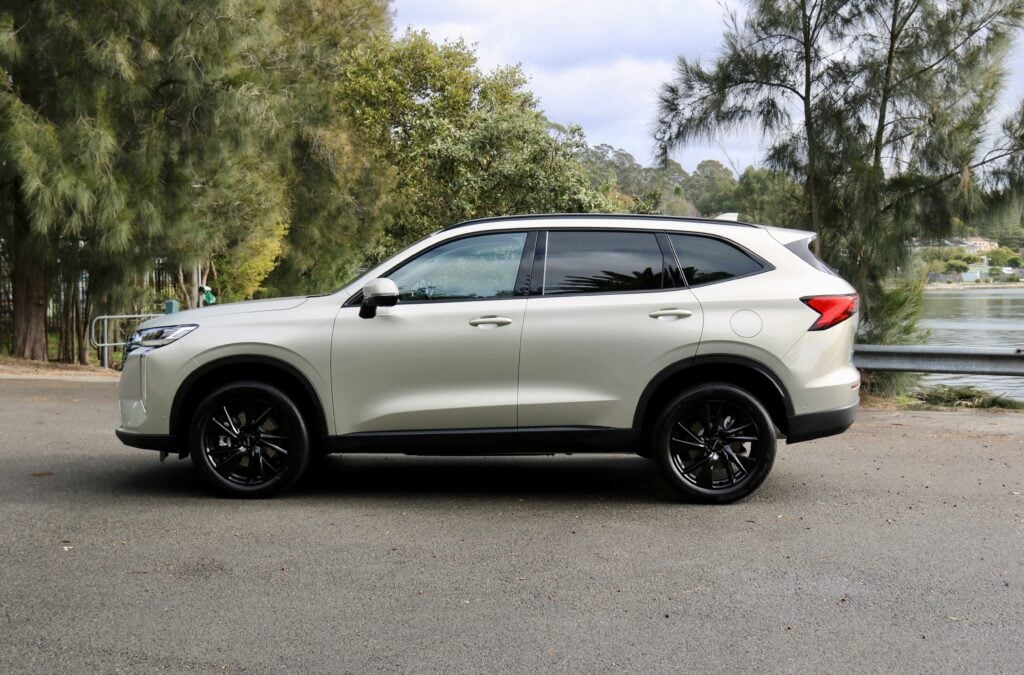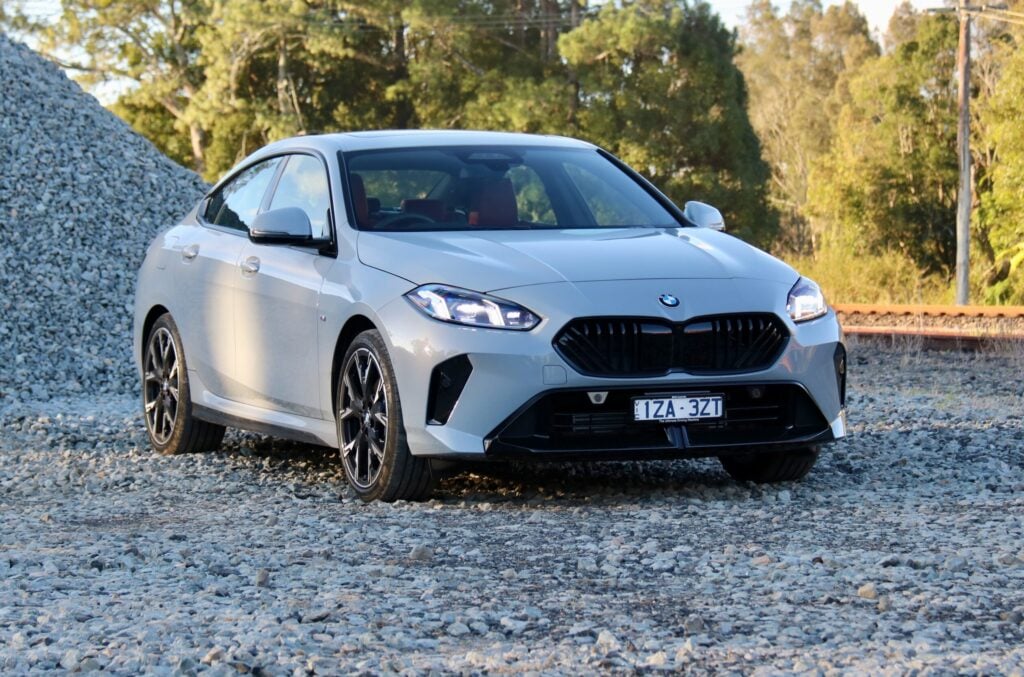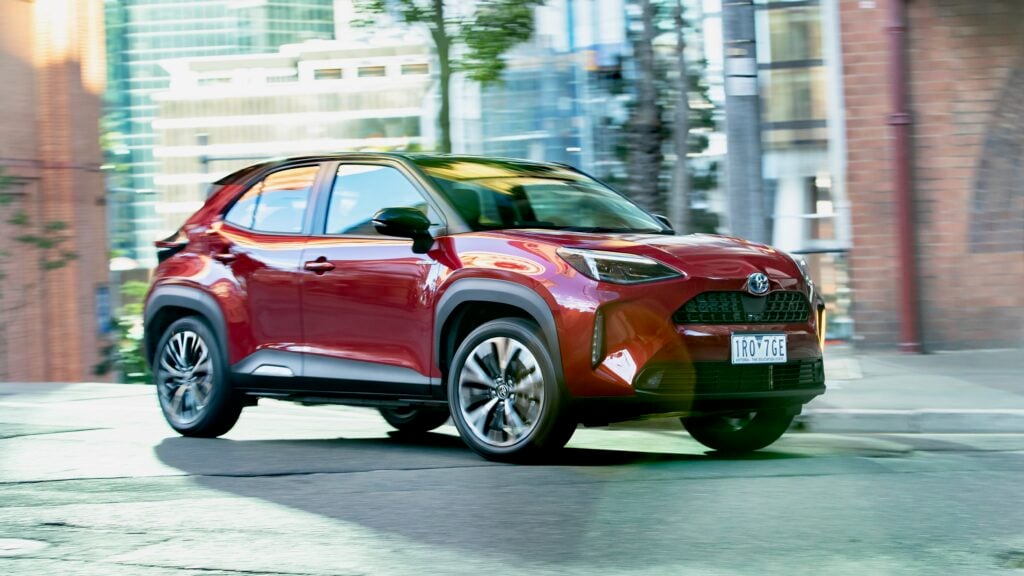In Hyundai-speak, it’s the “Local Model Expansion Strategy.” For us, the first result of a more adaptable product-development approach is the i30 SR, a warm hatch that is (for the moment) unique to Australia.
Where the previous i30 SR was a purely cynical marketing exercise – just add stickers – the new model demonstrates Hyundai Australia’s growing skill in developing and tuning cars explicitly for our tough local conditions.
The $27,990 SR combines the 2.0-litre version of Hyundai’s NU direct-injection petrol four with a specific suspension tune and equipment that includes 17-inch alloys, LED head- and tail-lights, leather trim, a more sporting grille and a rear diffuser. It’s virtually the $30K 1.8-litre Premium, minus the electronic parking brake (a proper manual handbrake is fitted) and a panoramic sunroof that adds 28.5kg.
The 2.0-litre engine makes 129kW at 6500rpm and 209Nm at 4700rpm (identical to the outputs from the same engine in the Kia Cerato, which shares the same underpinnings) – increases of 19kW and 31Nm over the multi-point injected 1.8, with unchanged gear and final-drive ratios.
The increased power is welcome – 0-100km/h is slashed from 9.5sec to 8.5sec – but it’s the chassis tuning that converts the SR into a hatchback that, Hyundai claims, rivals the Holden Cruze SRi/SRi-V, Ford Focus Sport and Mazda 3 SP25. That’s a big ask. What we do know is that this Korean family hatchback has a dynamic repertoire to challenge Europeans like the Renault Megane, Peugeot 308 and Opel Astra, if not the class leaders like the VW Golf and Focus.
The Hyundai Australia engineers have done a fine job. Apart from a few niggles with the steering, the SR is a revelation – an i30 that engages with the driver and welcomes corners. After trying 45 different combinations of spring and dampers through the 10-month development program, Hyundai has gone with a set-up that firms up the front springs by four percent, and dampers that completely change the shape of their curve’s characteristics. Anti-roll bars, bushes and bump stops remain unchanged.
This is now a capable and composed handler with excellent body control and a more planted chassis that gives much-improved adhesion to the inside front wheel during hard cornering. Driving out of corners, right foot flat, the SR powers down with near-neutral steering. Wallowing understeer? Forget it. The ride, firm at low speeds, is very well-judged for a car with sporting ambitions.
The next step, acknowledged by the local engineers, is to fix the steering. At least the new electric system eliminates kickback and the old Hyundai failing of huge variations in weighting, but it remains uninformative, regardless of which of the three FlexSteer assistance levels you set. The steering is the SR’s only really obvious deficiency.
The 2.0-litre DI four does the job without being inspired. It needs at least 3500rpm to deliver even warm-hatch performance and lacks the throttle responsiveness of some rivals. It’s happy enough spinning out to the 6750rpm redline, and beyond to the 7000rpm limiter, although a more appealing and sporting induction/exhaust note would help. Certainly, the SR’s precise, short-throw gearchange adds to its driver appeal.
The SR is a breakthrough model for Hyundai – the Accent is next on the list – in how it represents Australia’s ability to develop unique cars for our conditions. Other more focused models are in the pipeline, but for now let’s enjoy the SR and celebrate Hyundai’s maturing dynamics.





